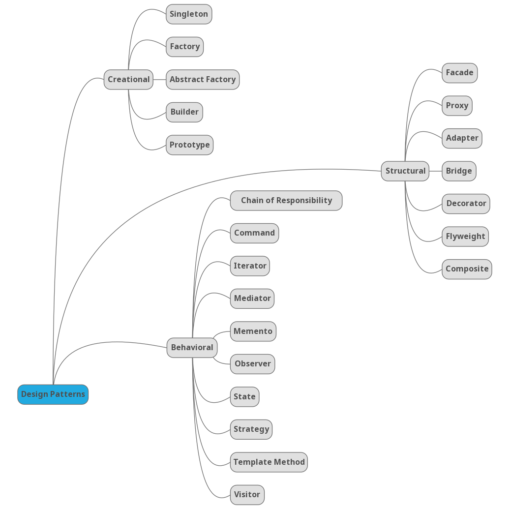Have you ever stumbled upon a painting that instantly draws you in with its bold strokes, vibrant colors, and stories that seem to leap off the paper? Welcome to the world of Kalighat paintings — a unique and captivating art form born in the heart of Kolkata, West Bengal.
Kalighat paintings aren’t just beautiful artworks; they’re a vibrant window into 19th-century Bengali society, culture, and spirituality. In this post, we’ll take you on a colorful journey through their history, style, themes, and why they still matter today.
What Are Kalighat Paintings?
Kalighat paintings, also known as Kalighat Patachitra or Kalighat Pat (in Bengali: কালীঘাট পটচিত্র), originated in the 19th century around the famous Kalighat Kali Temple in Kolkata.
Crafted by a community of skilled scroll painters called patuas, these artworks were initially souvenirs for temple pilgrims. But over time, they blossomed into a distinct artistic style recognized for its bold black outlines, bright colors, and minimalist backgrounds.
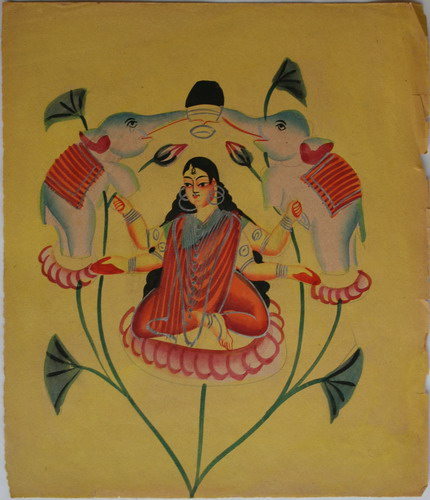
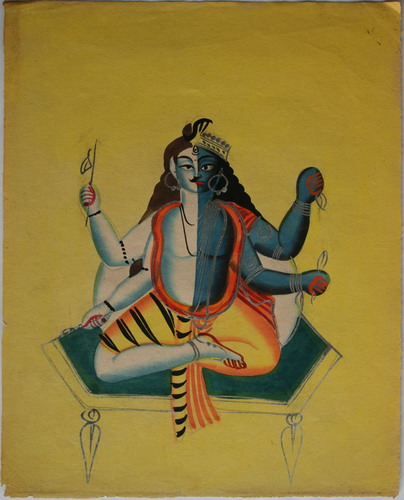
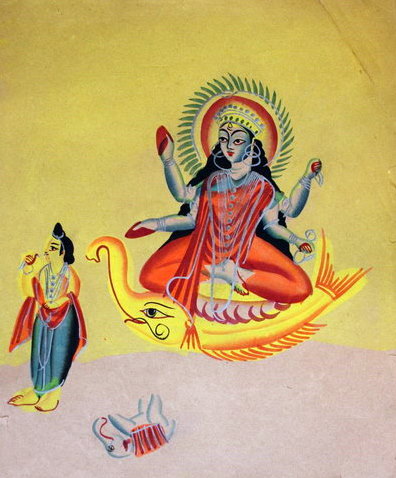
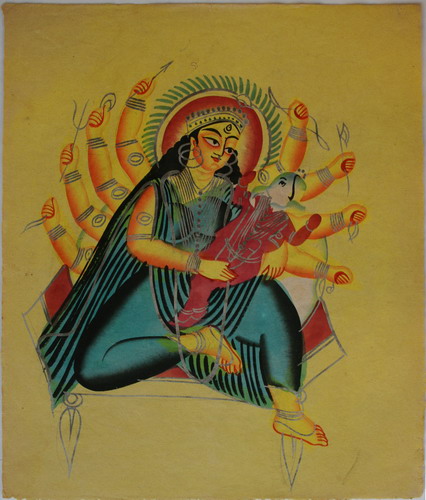
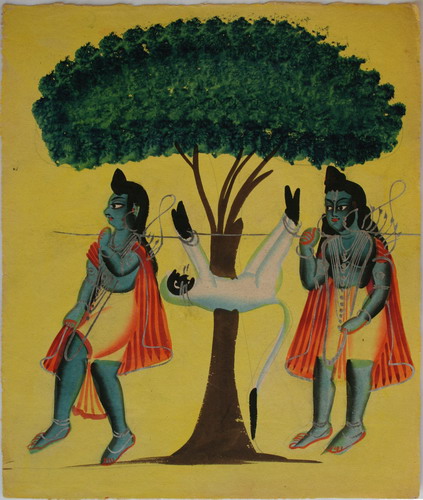
A Glimpse into History: Where It All Began
The story of Kalighat paintings is deeply intertwined with Kolkata’s history. During the 19th century, Kolkata was a bustling colonial city experiencing rapid social change — from traditional religious practices to the influence of British rule and urban modernization.
The patuas, who were originally scroll painters narrating mythological tales, adapted to this new environment by creating single-sheet paintings on paper, which were easier to produce and sell to the growing number of temple visitors.
Kalighat paintings captured not just divine figures like Kali, Durga, and Krishna, but also everyday scenes — from lively street markets to satirical depictions of local elites and British officials. In this way, they became a visual diary of their times, reflecting social realities, humor, and spiritual devotion all at once.
The Artistic Style: What Makes Kalighat Paintings Unique
What immediately sets Kalighat paintings apart is their striking simplicity and expressiveness:
- Bold, flowing black outlines define every figure and element, giving the images a lively rhythm.
- Vibrant, flat colors—often made from natural pigments like turmeric and indigo—bring the scenes to life.
- Minimal or no background details, which focus your attention on the central characters and action.
- Humanized gods and figures, portrayed with exaggerated features and expressive faces, connecting them to everyday people.
- Traditionally, these were painted on handmade or machine-made paper, using water-based tempera techniques.
Themes: More Than Just Religious Art
While rooted in Hindu mythology and temple culture, Kalighat paintings are far from one-dimensional. Their subjects fall into three broad categories:
- Religious and Mythological: Gods and goddesses in vivid, approachable forms—Kali dancing, Shiva with his family, or Krishna’s playful antics.
- Social Commentary: Sharp, often humorous depictions of colonial officials, wealthy “babus” (urban middle-class men), and everyday city life, revealing the societal shifts and contradictions of the time.
- Women and Society: Scenes portraying women’s roles, struggles, and evolving status in 19th-century Bengal.
This blend of sacred and secular themes makes Kalighat paintings a rich cultural archive of a transforming society.
Kalighat Painting’s Global Journey
Though it may not always be in the global spotlight, Kalighat painting enjoys international recognition through prestigious museum collections.
For example, the Victoria and Albert Museum in London holds one of the largest collections, preserving over 600 pieces. Other institutions like the British Library, Oxford’s Bodleian Library, and museums in Prague and Moscow also house Kalighat artworks, underscoring their cultural significance worldwide.
The Revival: Kalighat Painting Today
Like many traditional art forms, Kalighat painting faced decline in the 20th century due to industrialization and changing tastes. But today, it’s experiencing a vibrant revival.
Contemporary artists such as Kalam Patua have breathed new life into this tradition, blending classical techniques with modern themes. Workshops, exhibitions, and cultural programs across India are educating new generations and keeping this heritage alive.
You can still find authentic Kalighat paintings in markets and galleries in Kolkata, and there are increasing efforts to promote them globally.
Why Kalighat Painting Matters
Kalighat paintings are more than just pretty pictures. They are storytellers, cultural historians, and social critics rolled into one. They capture a unique moment in time and place — where spirituality met social change, and where folk traditions adapted to the rhythms of a rapidly modernizing city.
By celebrating and supporting this art, we keep alive a tradition that bridges the past with the present, reminding us of the power of creativity to reflect and shape society.
Conclusion: Dive Into the World of Kalighat Paintings
Whether you’re an art lover, history buff, or simply curious about Kolkata’s vibrant culture, Kalighat paintings offer a window into a fascinating world of color, storytelling, and heritage.
Stay tuned to WebFuse.in for more insights into India’s rich arts and crafts traditions — and if you’d like, we can explore more such hidden gems together!
Where to See, Buy, or Learn Kalighat Paintings Today
Kalighat painting continues to thrive through dedicated efforts and growing interest. You can:
- See authentic works at museums like Kolkata’s Indian Museum and international venues such as the Victoria and Albert Museum in London.
- Buy original pieces at Kolkata’s Kalighat market, Kumartuli art district, or trusted online galleries specializing in folk art.
- Learn the craft through workshops offered by art schools, cultural groups, and NGOs working with traditional patua artists.
Supporting these channels not only enriches your collection but also helps preserve this vibrant art form for future generations.
Whatsapp us – and we will help you choose and buy authentic Kalighat paintings, shipped right to your doorstep anywhere in the world 🙂
Interesting Videos
Hope you liked this post on one of the famous art form of India. Checkout some of our other Famous Items blog posts. You will definitely like it. Cheers! 🙂


